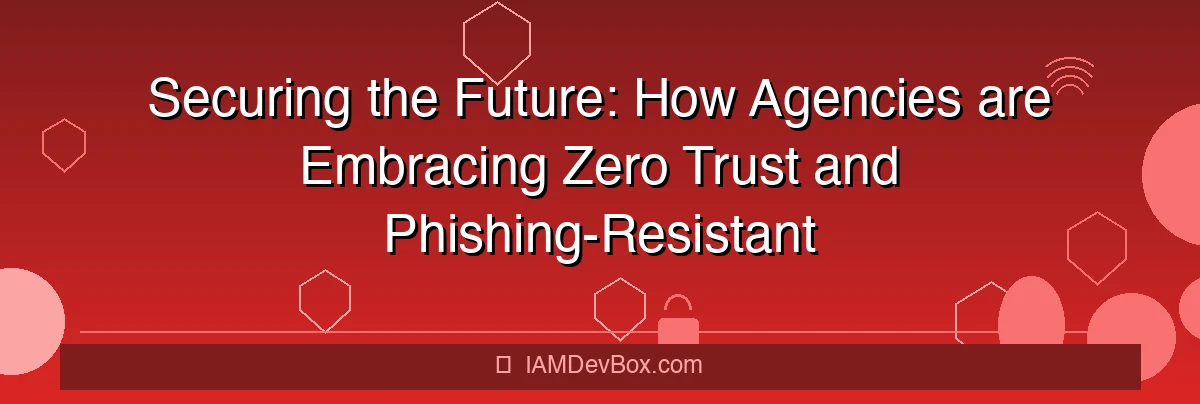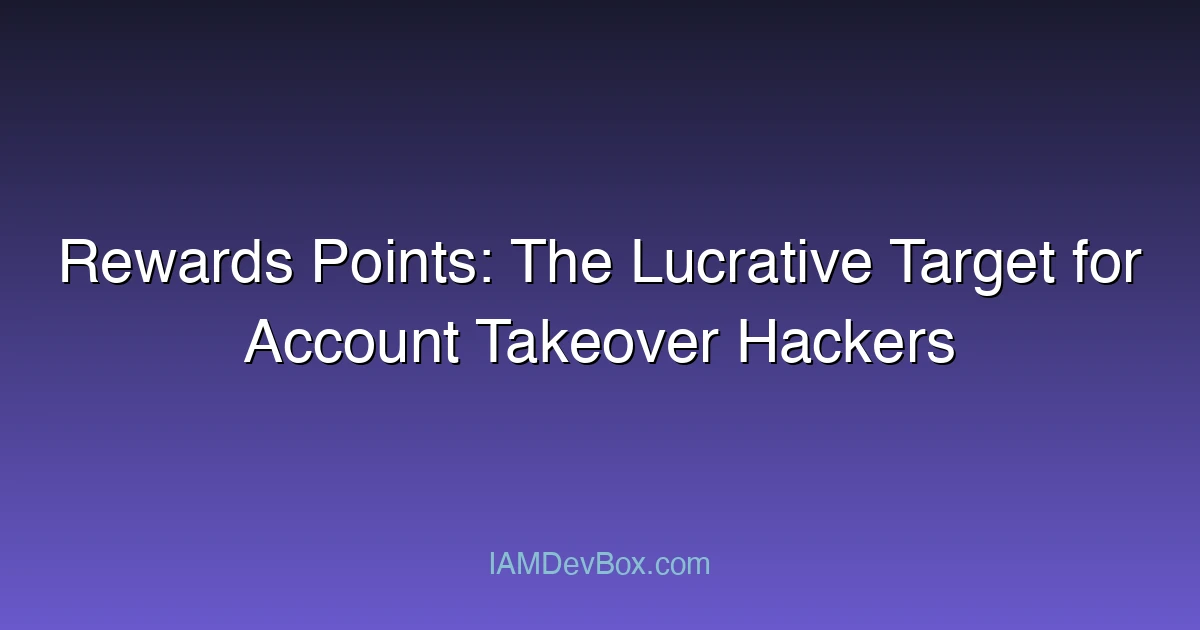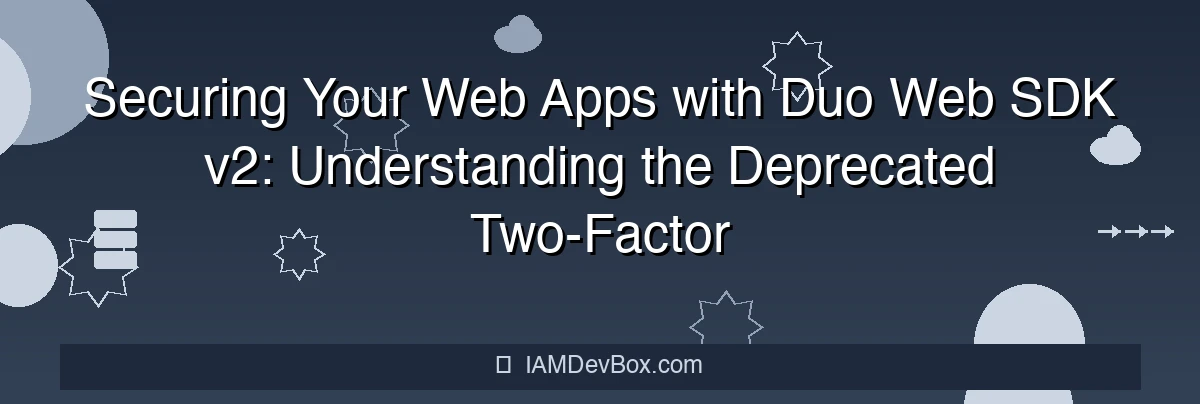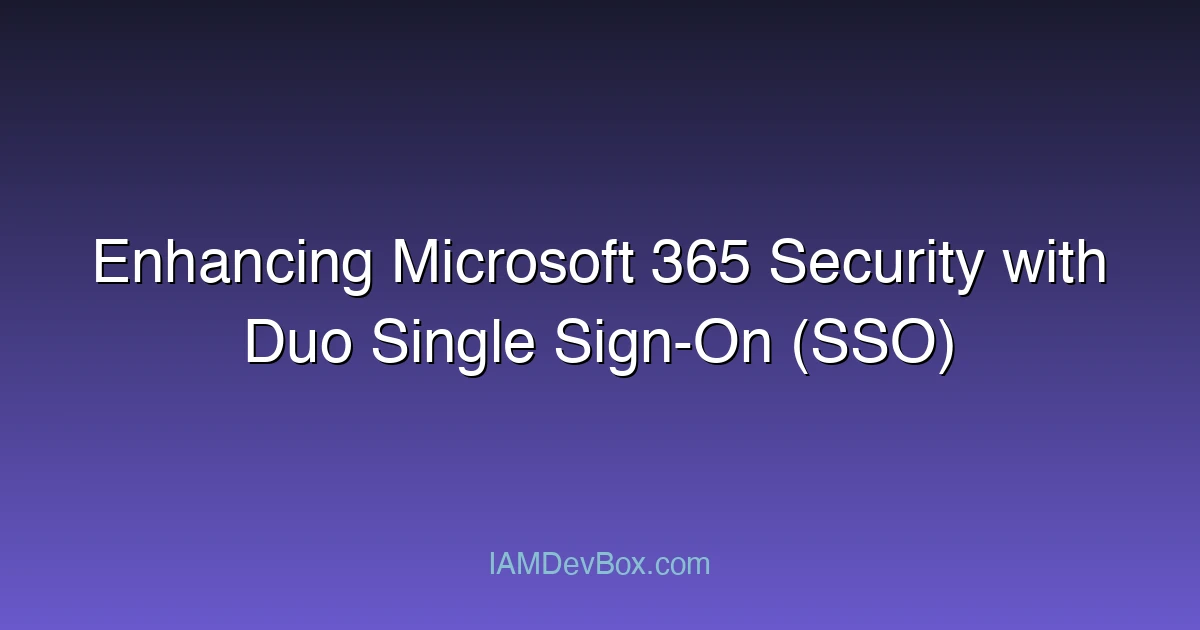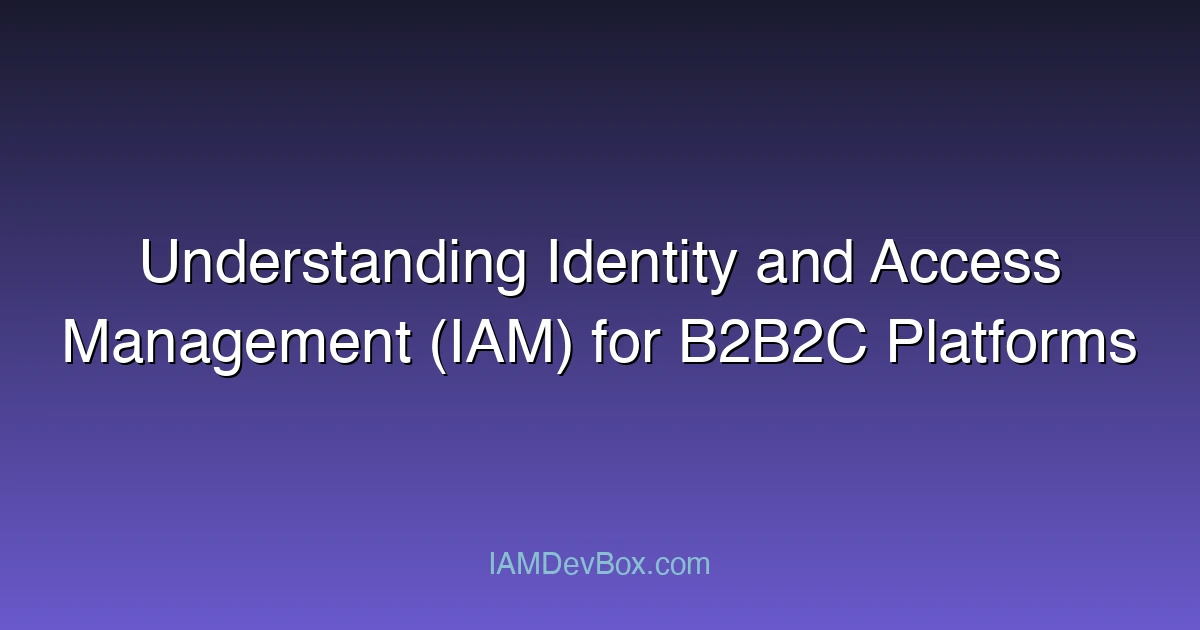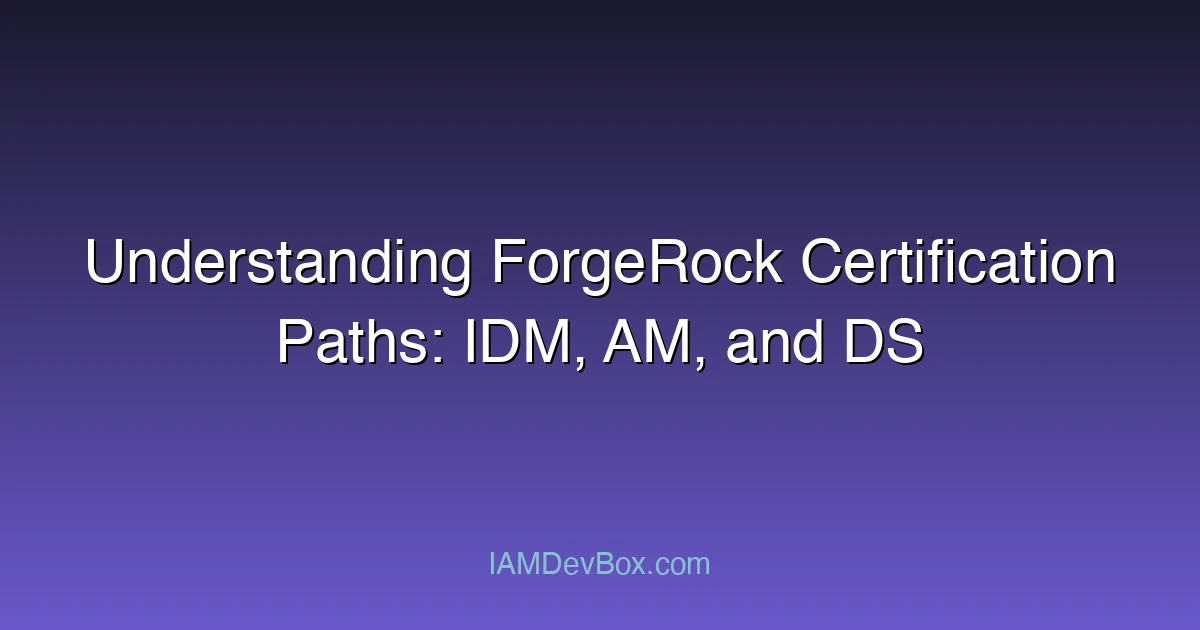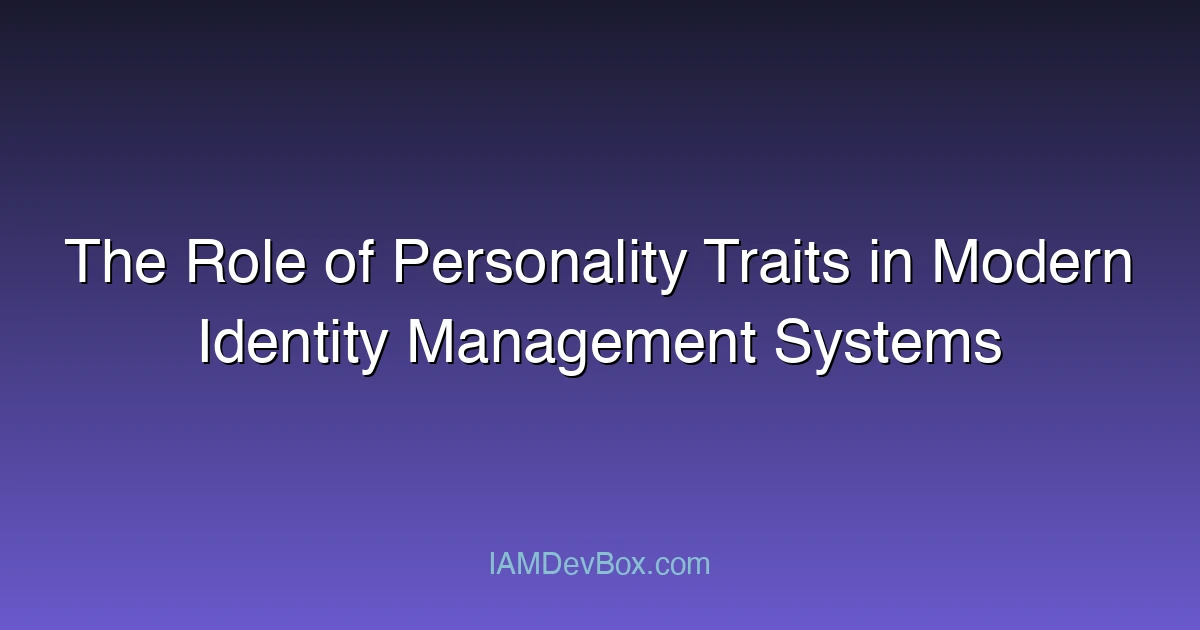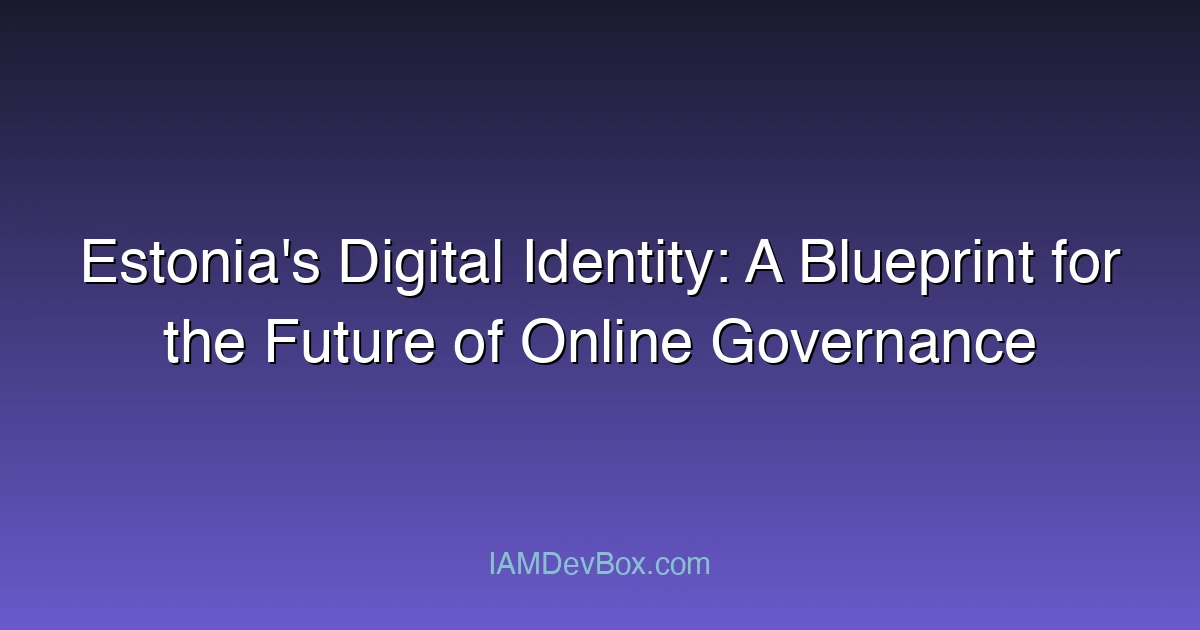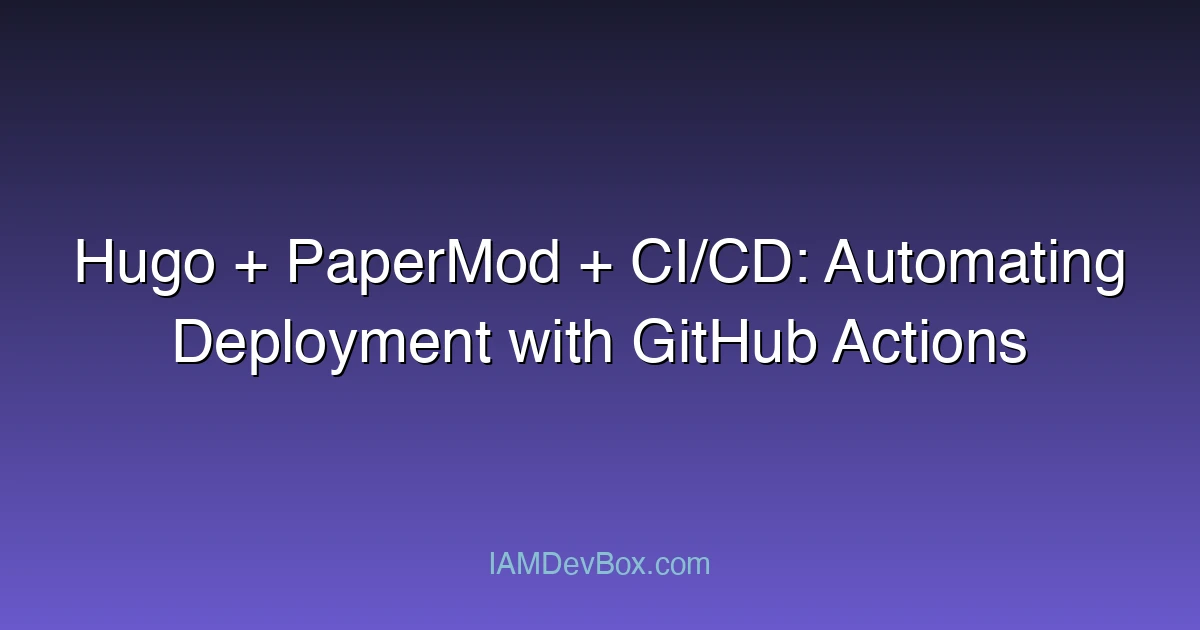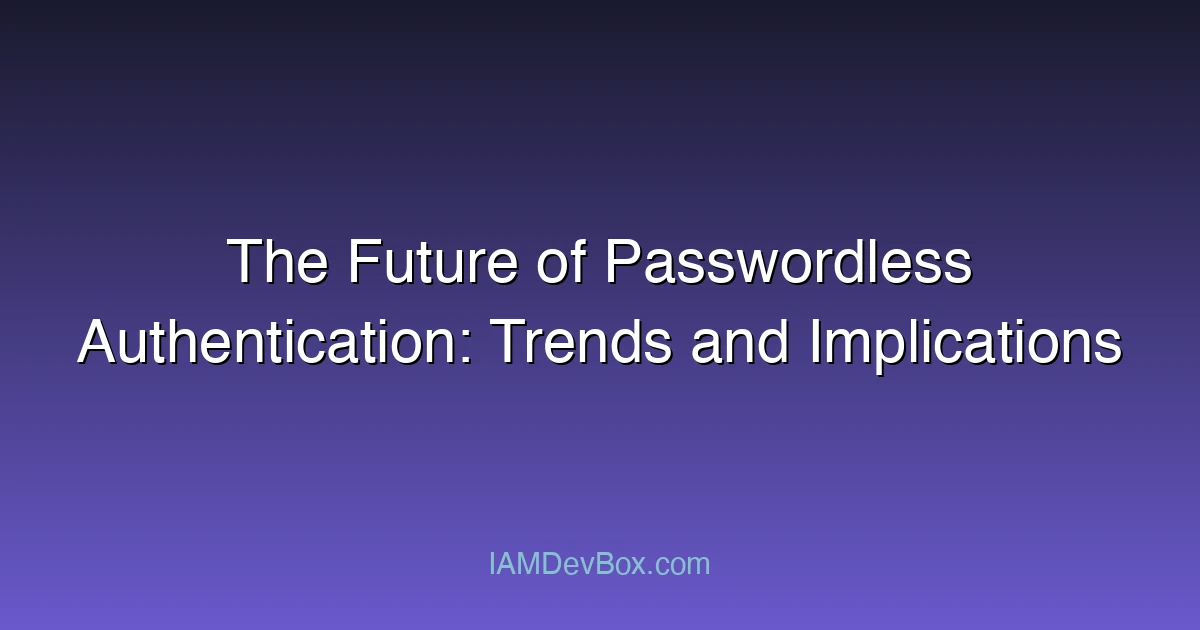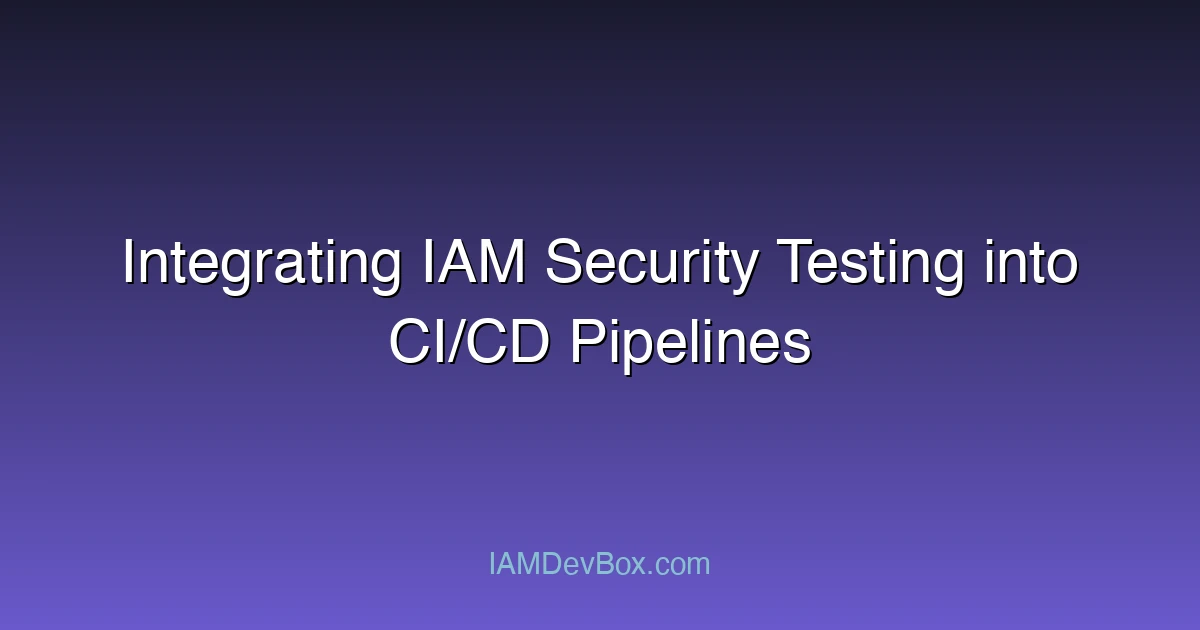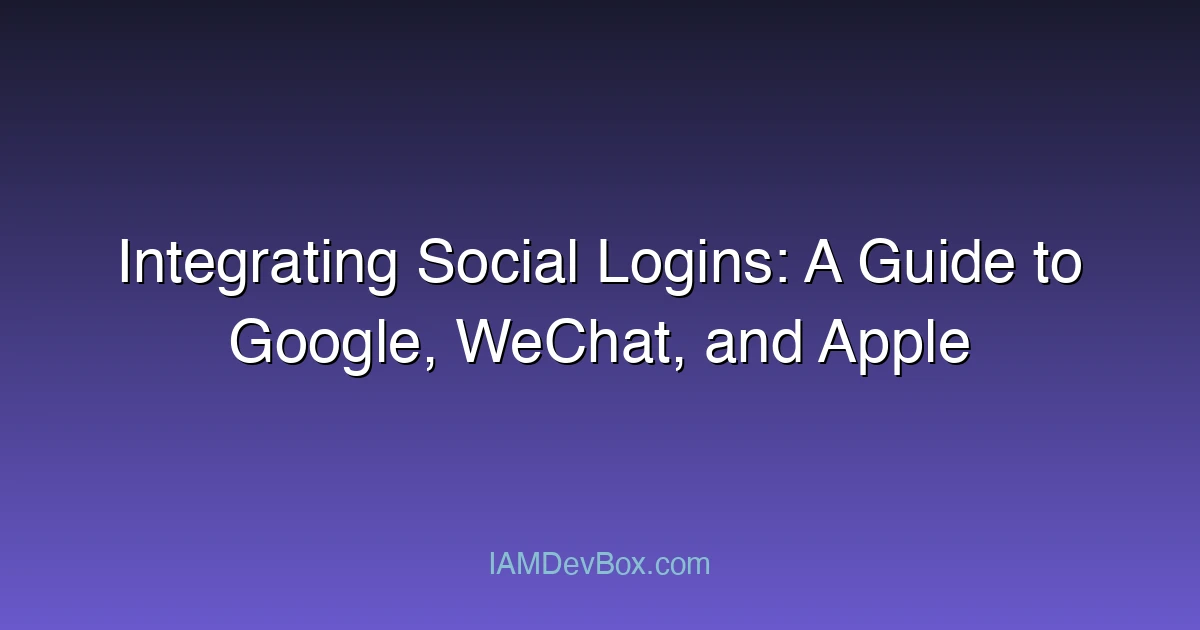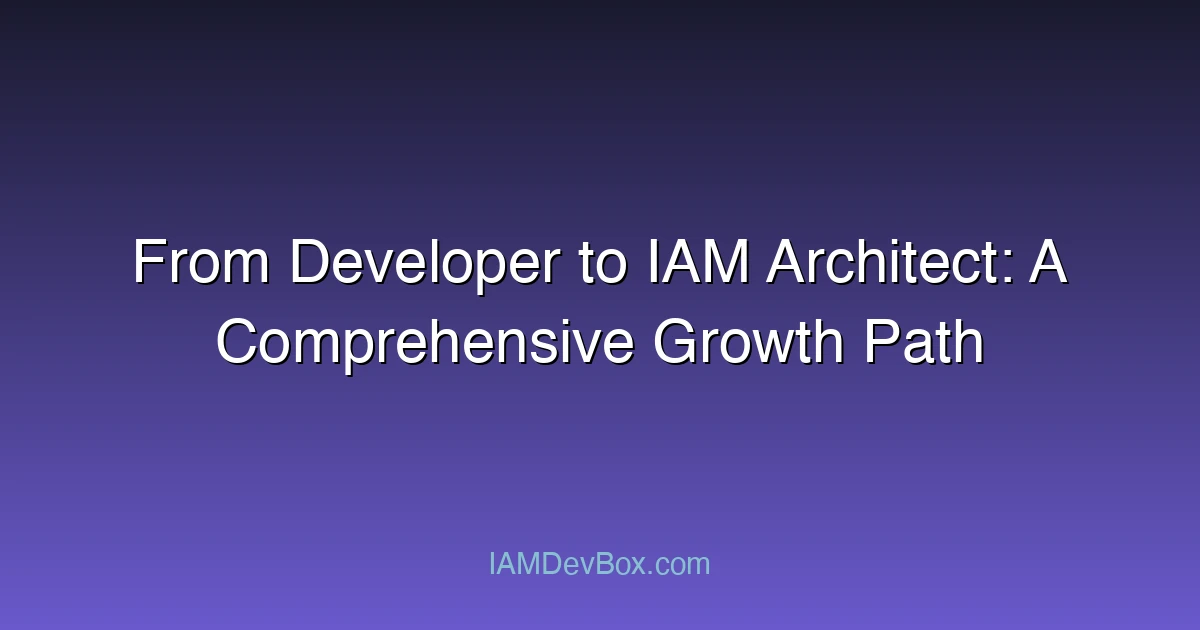
Bitstamp Paves the Way for Global Crypto Expansion with MiCA Licence
Visual Overview: graph TB subgraph "Authentication Methods" Auth[Authentication] --> Password[Password] Auth --> MFA[Multi-Factor] Auth --> Passwordless[Passwordless] MFA --> TOTP[TOTP] MFA --> SMS[SMS OTP] MFA --> Push[Push Notification] Passwordless --> FIDO2[FIDO2/WebAuthn] Passwordless --> Biometric[Biometrics] Passwordless --> Magic[Magic Link] end style Auth fill:#667eea,color:#fff style MFA fill:#764ba2,color:#fff style Passwordless fill:#4caf50,color:#fff The crypto industry has witnessed a significant milestone with Bitstamp securing the MiCA (Markets in Crypto-Assets) licence. This achievement not only underscores Bitstamp’s commitment to regulatory compliance but also sets a precedent for the global crypto ecosystem. As one of the earliest platforms to obtain this licence, Bitstamp is poised to lead the charge in shaping the future of crypto asset services. In this blog post, we will explore the implications of Bitstamp’s MiCA licence, its strategic vision for global expansion, and the broader impact on the crypto industry. ...

